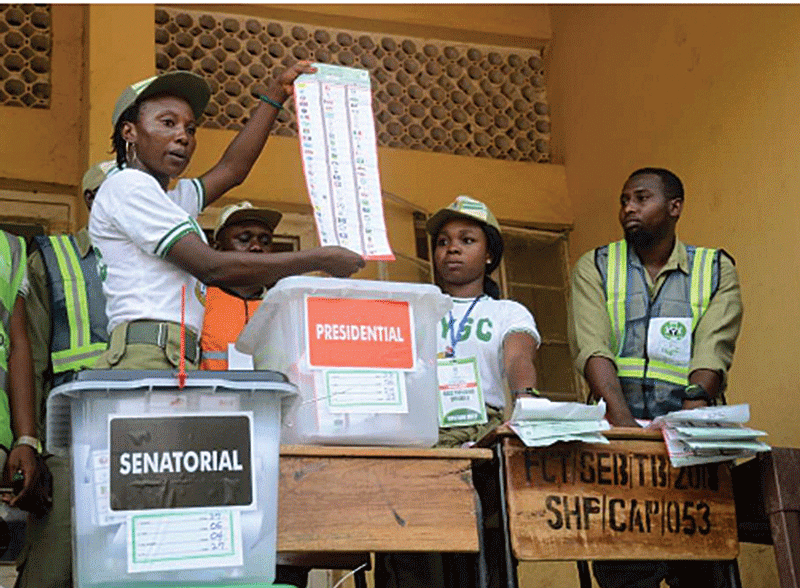
DIGITAL threats to elections are rapidly evolving around the world, threatening to undermine democratic institutions and spark electoral violence.
International, national and local organisations seek to mitigate these threats, but it is not easy to tell which efforts have worked.
What is more, limited time and funding often leaves little room to learn from past elections.
To address this, our team spent the past year engaging with over 100 experts and practitioners from civil society organisations (CSOs), governments, international bodies and election assistance funders across Africa, through interviews, workshops and scenario exercises.
Our research identified four key “building blocks for success” present in programming that managed to mitigate digital threats to elections.
We also explored how different levels of investment (high, medium and low) can contribute to each of these building blocks.
The resourceful approaches showcased by the organisations we spoke to not only provide valuable lessons for tackling digital threats in Africa, but also offer insights that apply wherever implementers and funders want to develop programmes to effectively safeguard elections from digital threats.
Here are the four building blocks:
- Students develop mobile app to support SRHR learning
- Village Rhapsody: Zimbabwe’s democratic space is shrinking fast
- Students develop mobile app to support SRHR learning
- New perspectives: Strengthening gender equality through effective SDFs
Keep Reading
Understanding the digital threat landscape
In many cases, we found out that funders rely on faulty or uninformed assumptions often drawn from headlines about the most pressing electoral issues or the most useful contributions they could make, which resulted in ineffective or even counterproductive interventions.
More successful efforts have used baseline surveys, iterative learning and post-programming reviews to target real needs and follow effective theories of change.
Varied actors for varied digital threats
When working alone, organisations will always struggle to respond to the multiple issues entailed by digital threats at the scale required.
More successful efforts have brought together a variety of stakeholders (through coalitions, strategic co-ordination and facilitated networking) and developed multi-pronged solutions, which tackled a diverse range of threats by sharing information and co-ordinating action.
Taking an institutional approach to digital threats
Training that focuses on individual-level skills for a small cohort for instance journalists, activists or representatives of electoral management bodies will have little impact if the trainees’ organisations are unable to absorb the improvements brought back to them.
More successful efforts bolstered organisations as a whole by co-designing projects, implementing organisation-wide trainings and filling core institutional capacity gaps (not just funding more projects), which are more sustainable models over the long term.
Hybrid fixes for hybrid problems
By just focusing on “digital fixes,” donors and implementers miss that digital threats also emerge from and extend to offline spaces.
This creates the risk of developing strategies that are poor matches for their context.
More successful efforts have sought to understand the actual “digital need,” as well as the capacity of CSOs and their target audiences to actually use technology.
In many cases this has resulted in more appropriate (and often much lower-tech) solutions to pressing threats. - Global Public Policy Institute











